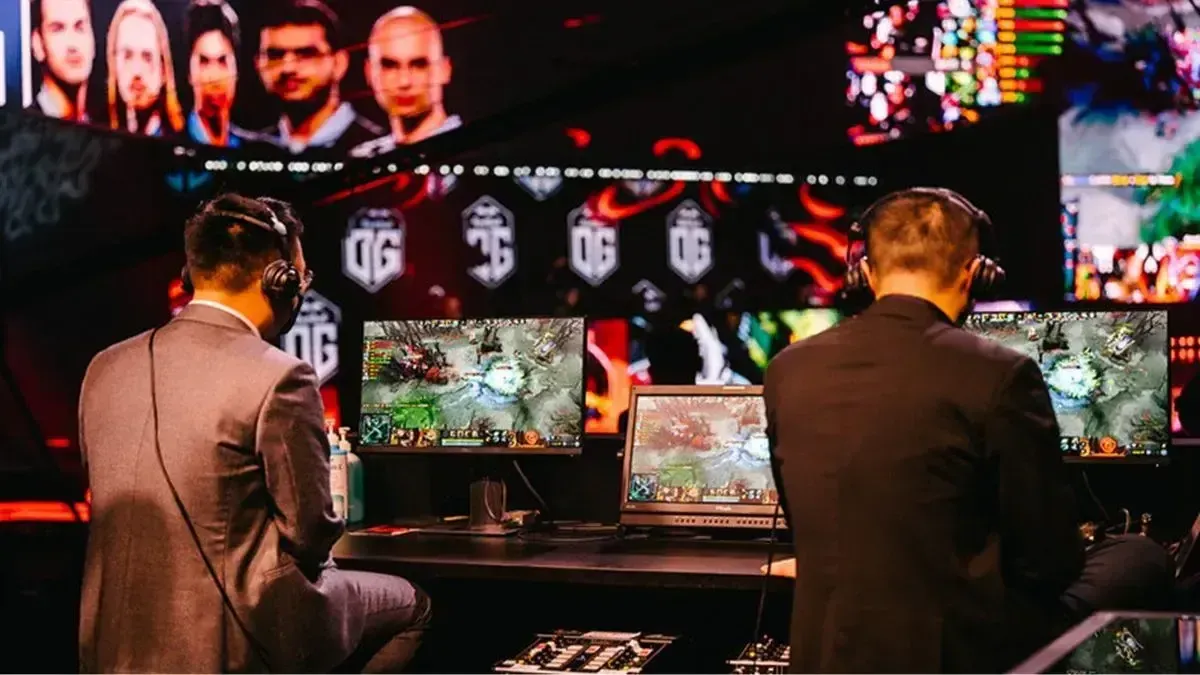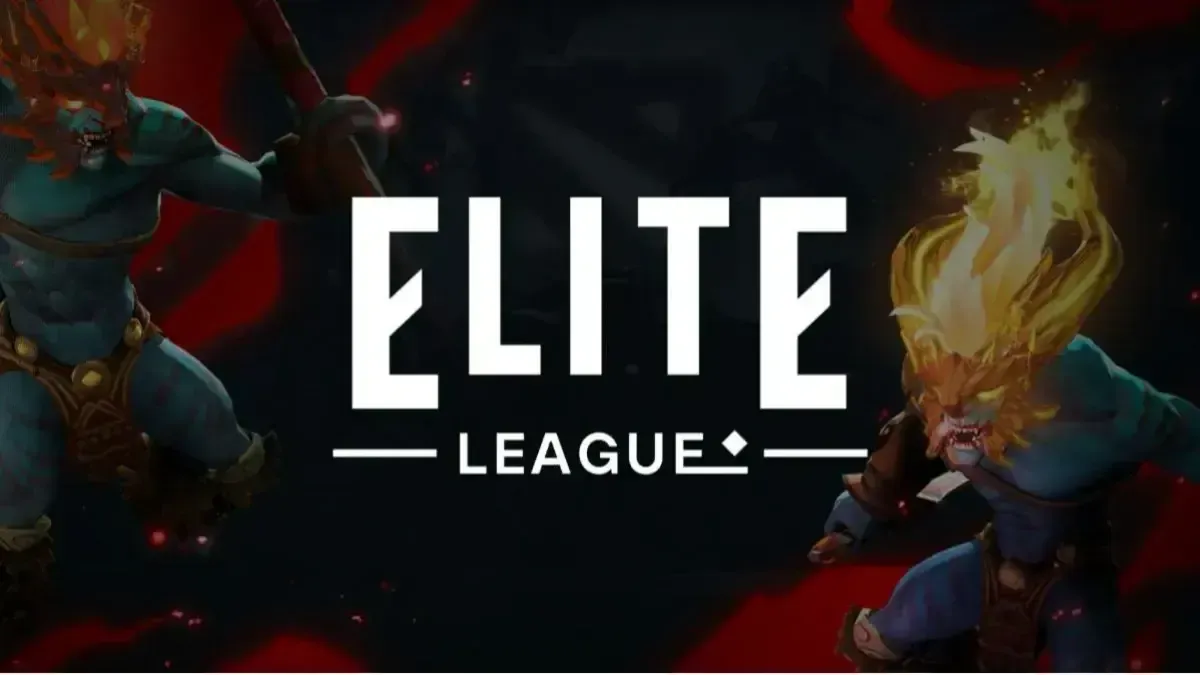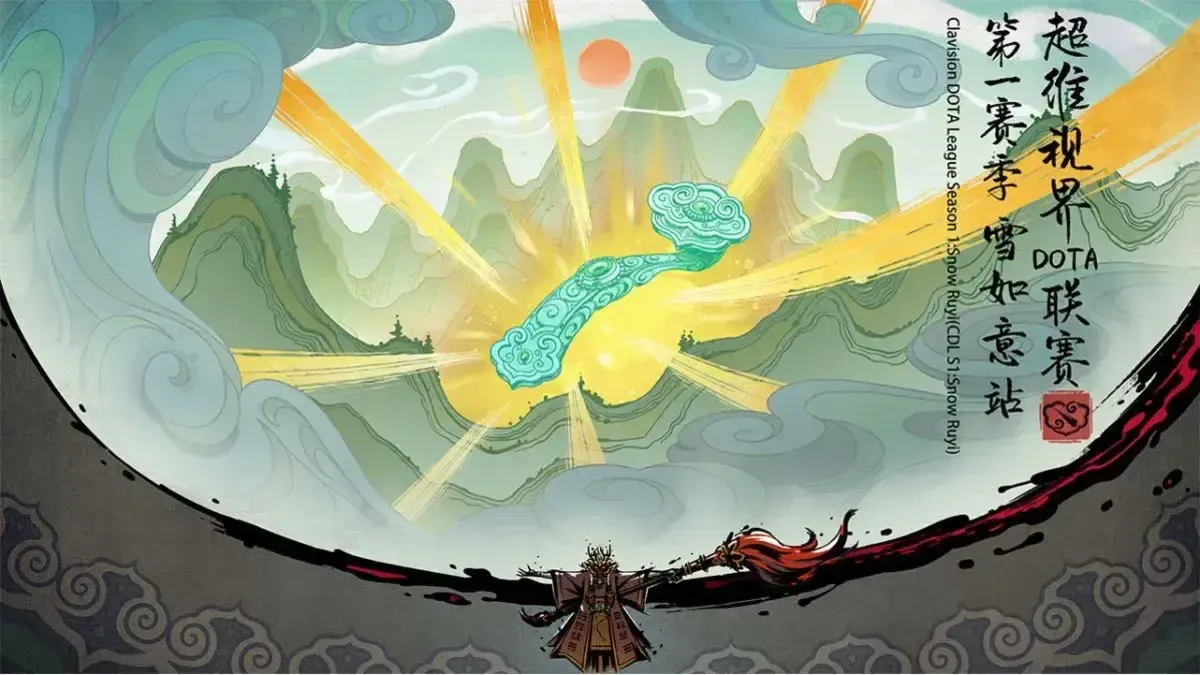Is Dota 2's broadcast landscape shifting? The absence of official English coverage for LAN events like Elite League and Clavision raises concerns.
Last week two LAN events were held – Elite League Season 2 in Peru and Clavision Snow Ruyi in China. Both events featured a mix of Tier 1 and Tier 2 teams competing for the lion’s share of $1,000,000 and $500,000 respectively. Neither had an official English broadcast for the fans.
Talent is an integral part of what MAKES the games meaningful to spectators. These are the people who are bringing the action to life. They hype up the plays, weave the stories, etch the emotions and thrills onto our hearts, and engrave them in our memories.
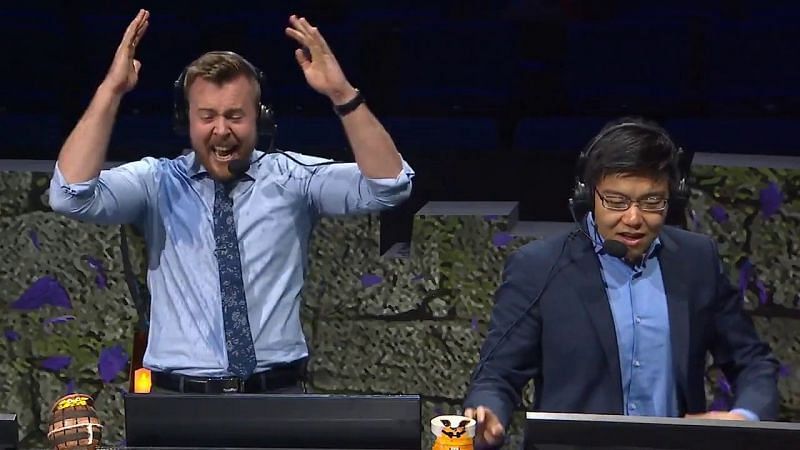
Through the years, their collective efforts and strides have helped shape the industry and develop the community.
Would the infamous fountain hook or million-dollar coil be as memorable without the raw emotion broadcast through cracked and then screaming voices? Would OG's historic two-time TI championship win resonate as deeply without the talent narrating the mounting pressure and tension for fans at home?
What is more memorable? The 3-hour game between Cloud9 and ScaryFaceZZZ in 2015 or Owen "ODPixel" Davies' almost non-stop commentary for the entire duration of the game, earning praise from viewers and the community for his dedicated and tireless style?
Talent is integral to making the games meaningful to spectators. After all, Valve gave a nod to the talent's role in creating historic moments by introducing the caster's lines into the chat wheel to immortalize specific moments of the Dota 2 timeline.
So what happens when their voices are missing? What does that mean for the future of Dota 2 viewers?
So what does the Dota 2 talent scene look like?
Well, it is a triangle with three levels of stratification.
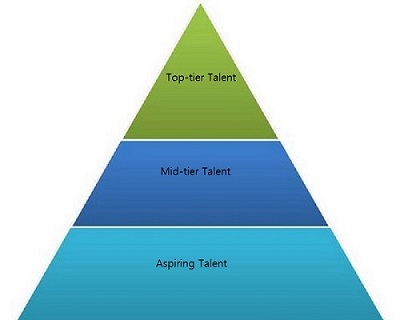
The peak is where the top-tier talent resides, such as ODPixel, Austin 'Capitalist' Walsh, and Troels Lyngholt 'syndereN' Nielsen. They are invited to most LAN and premier events and can often name their price.
Then there is the middle group of talent, that we are more familiar with seeing casting the online playoffs, some division 1 but mostly division 2 games. These casters, like Michelle 'Moxxi' Song and Gabriel 'Lyrical' Cruz, hope for steady work but often face uncertainty regarding their next gig and timely payments from tournament organizers.
Lastly, there is the largest group at the bottom of everyone else that is aspiring to be more integrated or noticed. These are the casters that are grinding their gears around the clock, picking up any slack or missing casts with the hopes of being noticed to even being offered a paid contract for an event.
What happens when there is a shift in the Broadcast Priorities?
Shifting broadcast priorities in Dota 2, particularly moving away from official English broadcasts, creates a cascade of consequences across the community. This shift not only affects the visibility and opportunities for top-tier talent but also trickles down, leaving fewer chances for aspiring and mid-tier casters to develop and showcase their skills. The removal of established structures, like the Dota Pro Circuit (DPC), exacerbates this issue, concentrating the remaining opportunities among a select few and marginalizing the broader casting community.
Under normal circumstances—meaning in a healthy economic structure—there would be numerous LAN events, allowing top-tier talents to cover the major tournaments while providing trickle-down opportunities for other levels of talent. Unfortunately, with fewer LANs and the abolition of the DPC, top-tier talent now seizes all available opportunities, leaving crumbs, if any, for middle-tier talent and absolutely nothing for newcomers. This concentration of opportunities creates an increasingly insular ecosystem, reducing the diversity and richness of perspectives that community casters can bring to the table.
For example, when major events like Elite League and Clavision cut out English talent, top-tier casters such as Arteezy and Capitalist turn to running their own community broadcasts, leaving even fewer opportunities for second-tier and aspiring casters to gain visibility.
This competitive and often unsustainable environment makes it difficult for newcomers to break into the scene or maintain their presence, ultimately affecting the overall quality and accessibility of Dota 2 broadcasts.
Moreover, payment issues and low wages further complicate the situation. English broadcasters often require higher wages than non-Western organizers are willing or able to pay, creating a financial gap and promoting the idea of free labour via community broadcasts.
This issue was highlighted by analyst-coach-caster-host Murielle "Kips" Huisman during the South American DPC debacle last year, where the South American Division I league play had a lapse without any official broadcasts streamed in English. There was also a lapse in Tour 1 Division 2 coverage because BTS Brazil hadn't found anyone to cover it. They tried to get community caster coverage to fill the gap before MoonStudio took over in Week 2.
Sometimes it seems that the money saved from production costs might be going to boosting the prize pool for teams, as seen in Elite League Season 2, where additional prize amounts were awarded based on viewership, promoting viewbots rather than supporting a growing regional ecosystem.
Balancing Costs and Community: The Future of Dota 2 Broadcasting
Ultimately, while the shift in broadcast priorities might save costs and reallocate resources to regional development, it poses significant challenges. The production value for English-speaking audiences decreases, and without adequate support for community casters, the diversity and quality of Dota 2 storytelling and gameplay analysis suffer.
The ecosystem's long-term health depends on finding a balance that supports both regional growth and the broader community of casters and viewers.
 For more match results and updates on the go don't forget to check out our Telegram channel.
For more match results and updates on the go don't forget to check out our Telegram channel.

